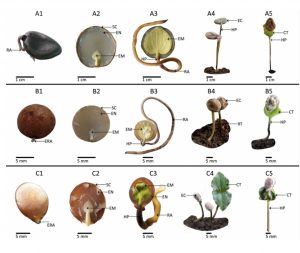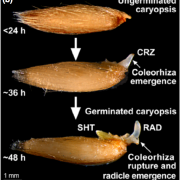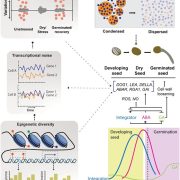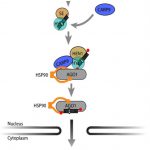Epicotyl morphophysiological dormancy and storage behaviour of seeds of Strychnos ($) (Seed Sci. Res.)

Seed dormancy and desiccation tolerance impact on germination timing and soil seed bank formation. Here, Muthuthanthirige et al. conducted a thorough series of experiments and anatomical observations to determine the dormancy class and desiccation tolerance of three Strychnos (Loganiacae) species: S. nux-vomica, S. potatorum, and S. benthamii. (As indicated by the name, plants in this genus produce toxic alkaoloids including strychnine and curare, the poison arrow toxin). All seeds had underdeveloped embryos at dispersal time. Moreover, seeds exhibited a delay in germination or shoot emergence (t50> 30 days), an aspect that was improved with gibberellin application. Consequently, seeds were classified as epicotyl morphophysiologically dormant (eMPD), being the first record of this dormancy class in the Loganiaceae. S. nux-vomica and S. potamorum seeds remained viable after desiccation, while those of S. benthamii completely lost viability. These results partially matched the authors’ hypothesis, considering S. nux-vomica and S. potamorum inhabit seasonally dry forests, where dormancy restricts germination to the rainy season, and desiccation tolerance allows seeds to survive the dry season. However, for the rainforest species, S. benthamii, epicotyl dormancy was unexpected. The authors highlight that eMPD allows seedling emergence under the most suitable conditions, which might not necessarily be the same for germination. (Summary by Carlos A. Ordóñez-Parra @caordonezparra) Seed Sci. Res. 10.1017/S0960258520000203









